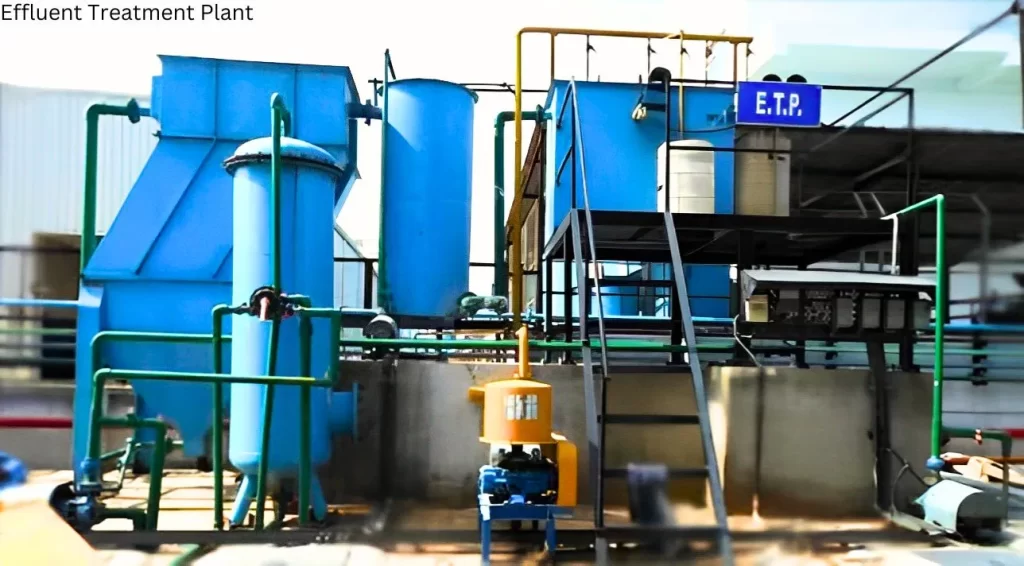Effluent Treatment Plant (ETP)

|| Related Parts and Products ||
PRODUCT 1
PRODUCT 2
PRODUCT 3
PRODUCT 4
PRODUCT 5
Effluent Treatment Plant & It’s function
ETP stands for Effluent treatment plant. It is a wastewater treatment process which is used to treat water and wastewater problems. This plant is mainly used in large industrial sectors such as pharmaceuticals, drugs, chemicals, refineries, dairy, and textiles where there is a huge possibility of extreme water pollution.
Even though it plays a vital role in the treatment of industrial waste, other hazardous Wastewater treatment.
On the other hand, we can say, Effluent Treatment Plant is specially designed to clean/purify the industrial wastewater for its reuse. Also, it assists to release pure/clean water to the environment after removing any toxic & non-toxic chemicals or materials.
How does ETP work
The conceptual method of treatment consists of the exclusion of the suspended particles, handling of sludge for the disposal, and dissolved organic substances.
